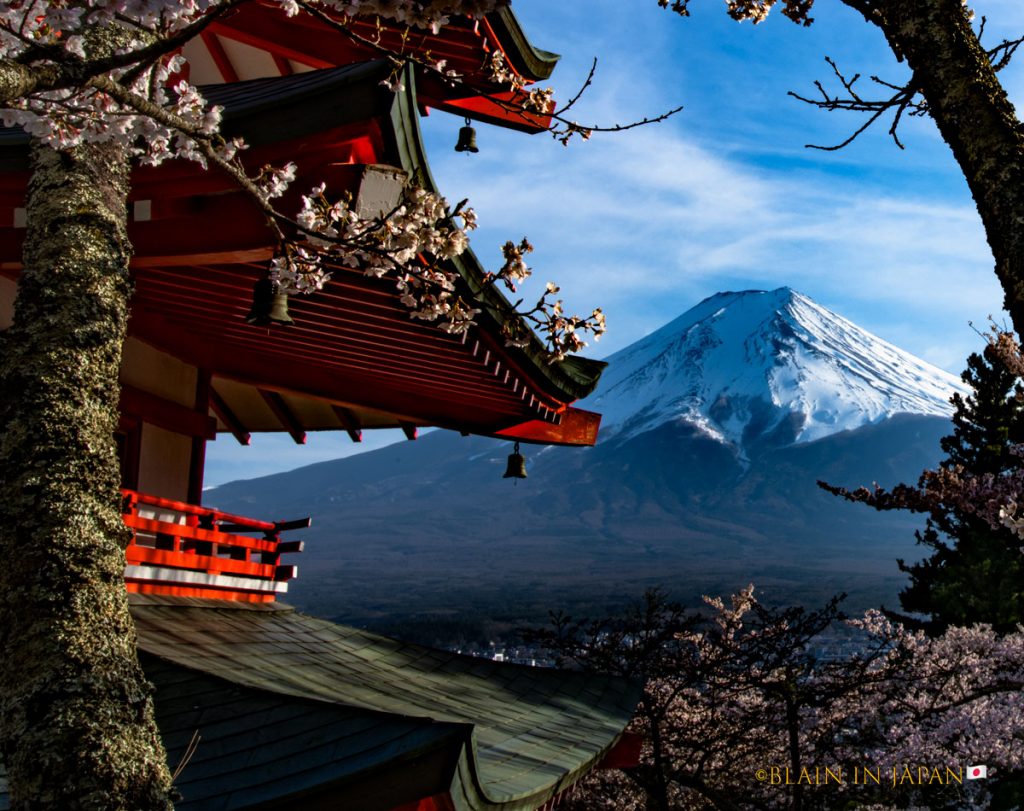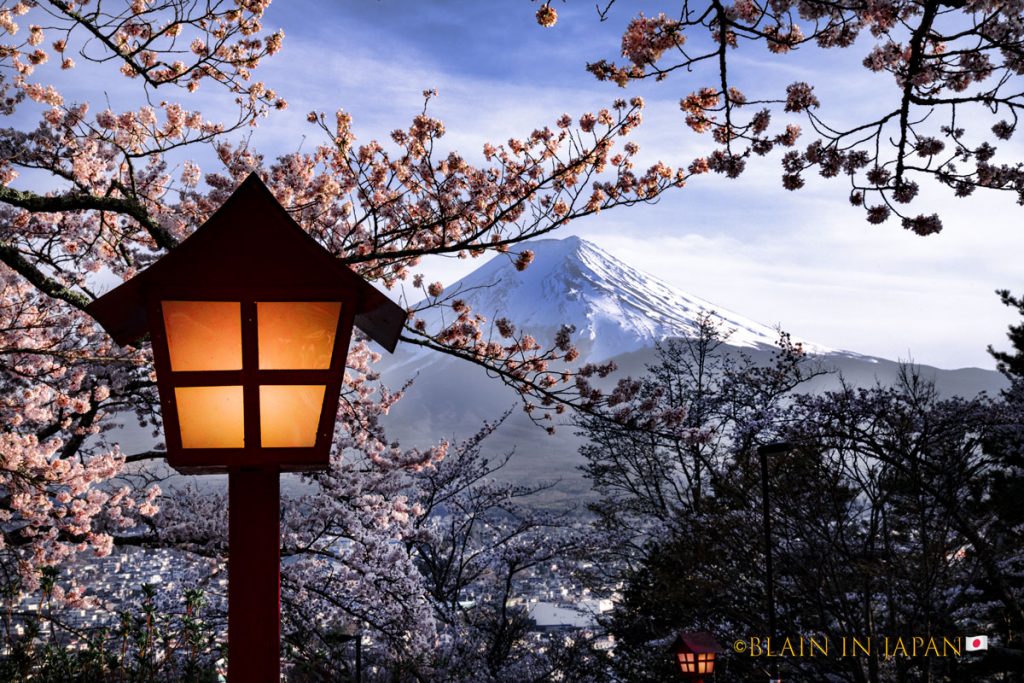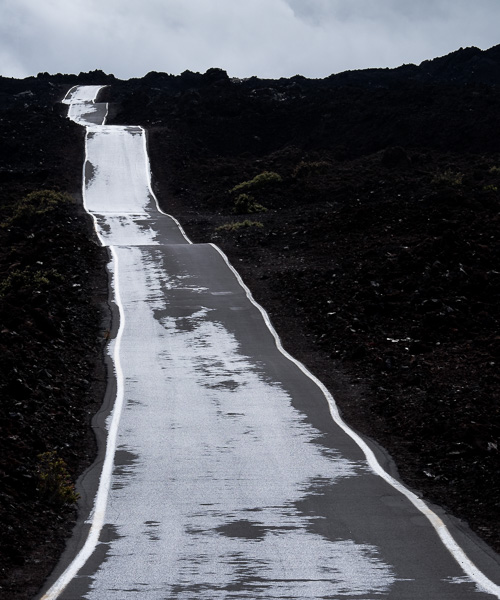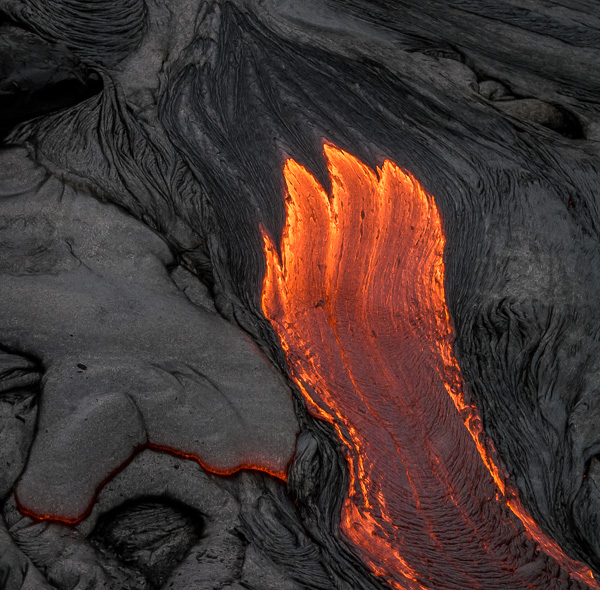When Innovation Meets Reality
Let me tell you a story about anticipation and mild heartbreak. When I first heard about the OM-3, I got genuinely excited. In a market where cameras keep getting bigger and more complicated, here was OM System doing something different crafting a tool that promised to speak to the artist in all of us. A micro 4/3rds, camera that wants to be part of your daily life, not just reserved for special occasions. But sometimes, it’s the smallest details that can make or break a love affair with a camera.


First Impressions: Beauty Meets Purpose
Full disclosure: this is my first experience with an OM System/Olympus camera. A couple of days ago, OM System provided us with the OM-3 body and their new 25mm f/1.8 lens for testing.
The moment you pick up the OM-3, you can feel the thoughtfulness in its design. Drawing inspiration from the iconic Olympus OM-1’s classic pentaprism and delta-shaped body, this camera feels substantial yet wonderfully compact. At 413g, the magnesium alloy body strikes that perfect balance between durability and portability. The dimensions (139.3mm x 88.9mm x 45.8mm) make it a perfect companion for everyday carry.


Navigation and Controls: First Dance with OM System
I was genuinely impressed by several aspects of the interface. The menu system is beautifully designed and surprisingly intuitive – a refreshing change from some of the labyrinthine menus I’ve encountered in other cameras. The blend of manual controls and touchscreen functionality feels modern yet photographer-friendly, making the camera’s extensive feature set readily accessible.


The Power Button Discussion: A Street Photographer’s Perspective
Now, we need to have a thoughtful discussion about the power button placement. Yes, the OM-1 Mark II also places its power button on the left side, but there’s an important distinction in use case. The OM-1 Mark II is often used in scenarios where you’re poised and ready, waiting for your moment. The OM-3, however, seems designed for street photography and everyday carry – situations where quick reaction time is essential.
As a right-handed photographer (and I should note this critique might be entirely different for left-handed shooters), street photography demands fluid, instinctive movement. Every fraction of a second counts. The ideal workflow should be natural and immediate: spot your moment, draw your camera, power on, and bring it to your eye in one fluid motion. Your left hand should already be finding the focus ring as the camera reaches your eye, ready for that critical adjustment.
The OM-3’s left-side power button completely disrupts this dance for right-handed photographers. Instead of that smooth, one-handed motion, you’re forced into one of three compromises:
- Use two hands just to turn on the camera (missing your moment)
- Leave the camera powered on constantly (burning through battery life)
- Develop some awkward hand gymnastics
For a camera that seems so perfectly sized for street photography, this feels like a missed opportunity for right-handed shooters. Even having power buttons on both sides would have solved this issue.
I handed my friend the OM-3 to hold and check out. The first thing she said was….”where is the ON switch?” I waited while she found it.


Technical Excellence Under the Hood
The OM-3’s technical specifications showcase impressive capabilities:
Sensor and Processing
- 20.37MP Stacked BSI Live MOS sensor (22.93 million total pixels)
- TruePic X Dual Quad Core Processor
- Native sensitivity range optimized for varied lighting conditions
- Quad Pixel AF with 1,053-point cross-type phase detection system
Stabilization System
- 5-axis Image Stabilization providing up to 7.5 shutter speed steps of compensation
- 6.5 steps compensation at image center, 5.5 at corners
- Sync IS capability with compatible lenses reaching up to 7.5 stops effectiveness
Speed and Performance
- Mechanical shutter: 6 fps with selectable 1-6 fps
- Silent sequential shooting SH1: Up to 120 fps (focus/exposure locked on first frame)
- Silent sequential shooting SH2: Up to 50 fps with continuous AF
- Pro Capture Mode: Buffer of up to 70 frames before full shutter press (3.5 seconds of action you might have missed)
Early Lens Impressions
The supplied 25mm f/1.8 lens (equivalent to a 50mm in full-frame terms) makes this package feel like OM’s take on the classic “nifty fifty” setup. The lens feels at home on the OM-3’s body – both physically and aesthetically. While I typically prefer a slightly wider focal length for street photography, early testing shows promising results, particularly when shooting wide open or at a deeper stop. The included lens hood is a thoughtful addition that more manufacturers should standardize.
Creative Tools That Matter
The OM-3’s computational features show real promise:
Advanced Profiling System
- Color Profile Control: Adjust saturation of 12 colors across 11 levels
- Four color presets:
- Standard
- Chrome Film Rich Color (deep, dynamic tones)
- Chrome Film Vivid (enhanced saturation)
- Chrome Film Soft Tone (light, gentle rendering)
- Four monochrome presets with individual control over:
- Color Filter effect (8 colors with 3-step adjustment)
- Shading effect (11 steps)
- Film Grain effect (Off/Low/Med/High)
- Monochrome tint (Normal/Sepia/Blue/Purple/Green)


Built-in ND Innovation and Creative Tools
The built-in ND filter system isn’t just present – it’s thoughtfully implemented with some impressive capabilities. After deeper testing, I discovered that the graduated ND effects do actually carry through to RAW files when using OM Workspace – a significant advantage for those who want maximum editing flexibility while still enjoying these creative tools in the field.
The lead picture of this article was shot with Live ND 64 to get movement with a slower shutter of ½ second.
The built in ND or graduated ND does NOT work with video sadly.
The live preview of long exposure effects is particularly engaging. During testing, I found myself experimenting more with motion effects and streaking light trails – the real-time feedback makes it both intuitive and enjoyable to explore these creative possibilities.
The art bracketing feature is another standout. Once you’ve dialed in your preferred looks, you can apply multiple creative profiles to a single shot. This is particularly valuable when you’re working with a compelling subject and want to explore different interpretations without losing the moment. I’ve been shooting primarily in natural mode, but having the ability to instantly generate variations with your favorite pre-configured looks adds another dimension to the creative process.


Video Capabilities
The video specifications show serious intent:
- C4K and 4K options up to 60p
- Heat management system allowing:
- 30 minutes continuous recording at 40°C
- Unlimited recording at 25°C
- OM-Cinema video profiles for professional color grading
- Seamless mode switching between stills and video
Build Quality for the Real World
The OM-3 is built for adventure:
- IP53 splash and dust resistance certification
- Freeze-proof functionality down to -10°C
- Magnesium alloy construction
- Super Sonic Wave Filter for dust reduction
Software Integration and RAW Support
At the time of writing this review, neither Adobe Lightroom nor Capture One support the OM-3’s .ORF RAW files. This is something to consider if you’re planning to integrate this camera into your workflow immediately. For now, the ecosystem support includes:
- OM Image Share App for wireless connectivity
- OM Workspace software featuring:
- AI Noise Reduction
- Enhanced editing tools including tone curve and dehazing
- Color/monochrome profile configuration storage
- RAW processing optimized for supported cameras
We expect the major editing platforms to add support for these files in future updates, probably at it’s release.
Battery System and Power Management
- BLX-1 Lithium-Ion battery:
- 2,280 mAh capacity
- Approximately 500 recharge cycles
- Optional BCX-1 charger:
- Simultaneous dual-battery charging
- USB-C compatibility with Power Delivery support
- 150-minute charge time
Price and Availability
Available late February 2025:
- Body only: $1,999.99 (US)/$2,799.99 (CAD)
- Kit with M.ZUIKO DIGITAL ED 12-45mm F4 PRO: $2,299.99 (US)/$3,199.99 (CAD)
New companion lenses:
- M.ZUIKO DIGITAL 17mm F1.8 II: $549.99 (US)/$769.99 (CAD)
- M.ZUIKO DIGITAL 25mm F1.8 II: $499.99 (US)/$699.99 (CAD)
Looking Ahead: Testing Plans
I’m particularly excited to compare this with the OM-1 Mark 2 and test out their new zoom lens. Having been pleasantly surprised by my first experience with the OM System, I’m curious to explore more of their lineup. Over the next few weeks, I’ll be conducting more extensive testing of:
- AI Detection AF performance across various subjects
- Video capabilities, with AF and Handholding
- Real-world ISO performance in challenging conditions
- The practical impact of the computational photography features
- Daily usability across different shooting scenarios
- More thorough testing of the 25mm f/1.8 lens across various shooting conditions
Initial Verdict
The OM-3 presents a fascinating mix of triumph and missed opportunity. For documentary work, content creation, and genres where split-second activation isn’t critical, the OM-3’s impressive feature set makes it a compelling option. The computational photography features, robust video capabilities, and excellent stabilization system suggest a camera that could excel in controlled shooting environments.
However, for me…..a right-handed street photographer, that power button placement casts a shadow over an otherwise excellent tool. It’s worth noting that left-handed photographers might have an entirely different experience with this design choice.
Stay tuned for our detailed follow-up testing, particularly focusing on real-world performance in various shooting scenarios. If there are specific aspects you’d like us to explore, let us know in the comments below.
This review is based on initial testing with an OM-3 body and 25mm f/1.8 lens provided by OM System. LuLa was not paid to review this camera. We’ll follow up to update our findings as we spend more time with the camera.
Stay luminous, stay bright, and find that perfect light.
Read this story and all the best stories on The Luminous Landscape
The author has made this story available to Luminous Landscape members only. Upgrade to get instant access to this story and other benefits available only to members.
Why choose us?
Luminous-Landscape is a membership site. Our website contains over 5300 articles on almost every topic, camera, lens and printer you can imagine. Our membership model is simple, just $2 a month ($24.00 USD a year). This $24 gains you access to a wealth of information including all our past and future video tutorials on such topics as Lightroom, Capture One, Printing, file management and dozens of interviews and travel videos.
- New Articles every few days
- All original content found nowhere else on the web
- No Pop Up Google Sense ads – Our advertisers are photo related
- Download/stream video to any device
- NEW videos monthly
- Top well-known photographer contributors
- Posts from industry leaders
- Speciality Photography Workshops
- Mobile device scalable
- Exclusive video interviews
- Special vendor offers for members
- Hands On Product reviews
- FREE – User Forum. One of the most read user forums on the internet
- Access to our community Buy and Sell pages; for members only.














